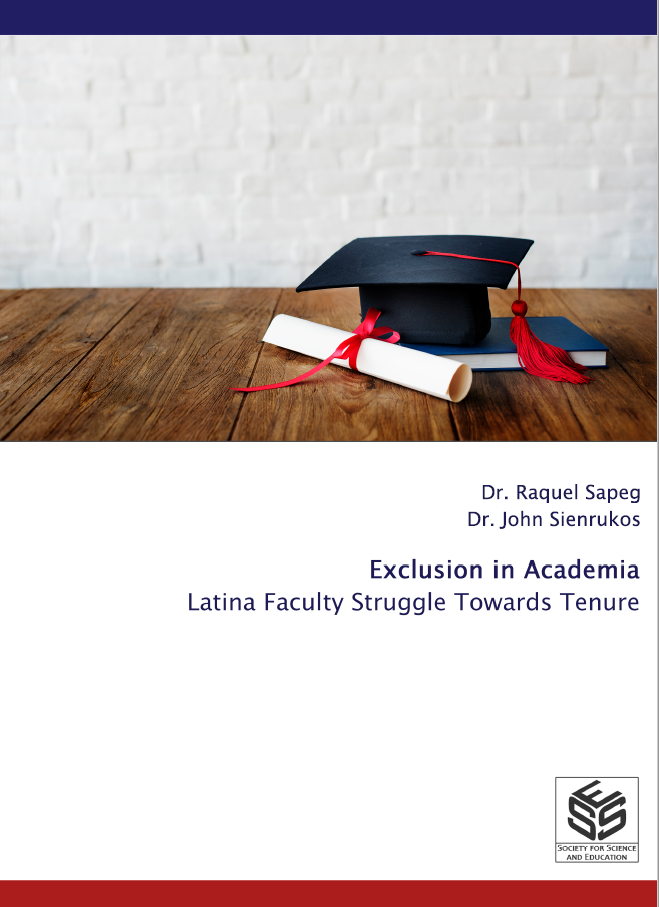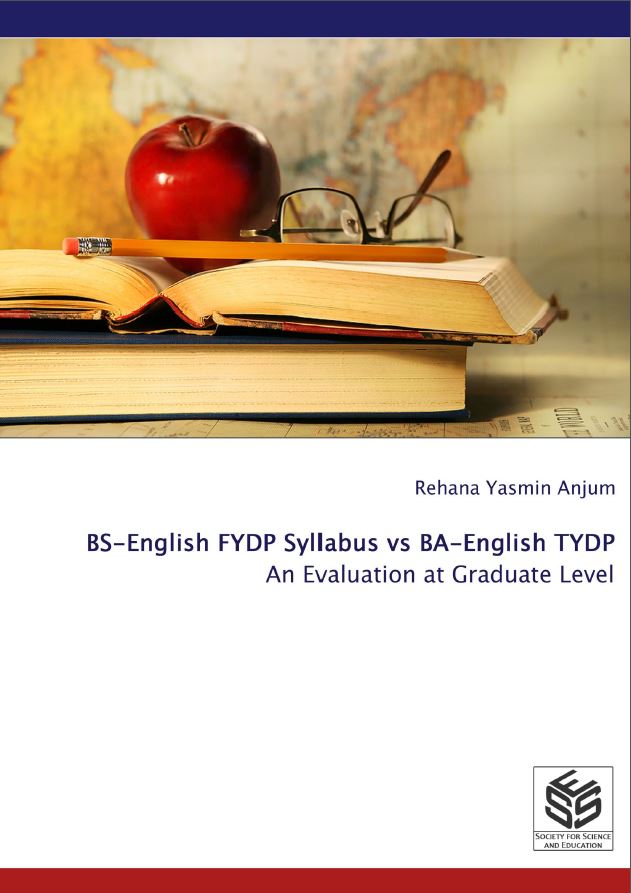Undergraduate Seminar: Study Guide
This study guide tackles about what is in the undergraduate seminar course in which students are expected to present a seminar paper as the ultimate course outcome. Moreover, it presents what’s in the bigger picture, and that is, presenting the student’s research study in academic conferences and getting their research work published. When we talk about academic conferences and meetings, we don’t mean that students are to present their full-blown research study or their complete research outline. In this course (Undergraduate Seminar), the students are to present only their thesis outline. However, students are given salient points to look forward once they have completed their research study. Nowadays, knowing some terms and phrases are just one click away with the internet and Google, and signal, of course. Nevertheless, we will “spell out” some of the terms and phrases related to our subject (Undergraduate Seminar) in this study guide for fluidity sake.








